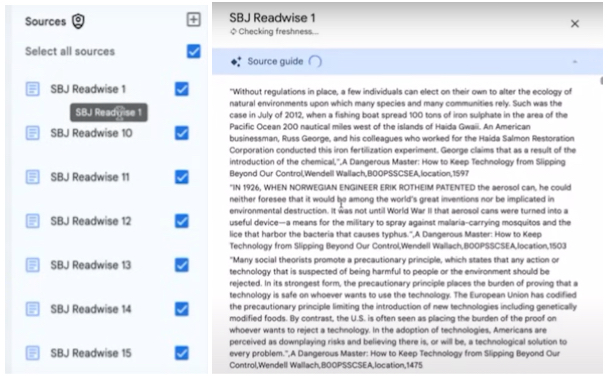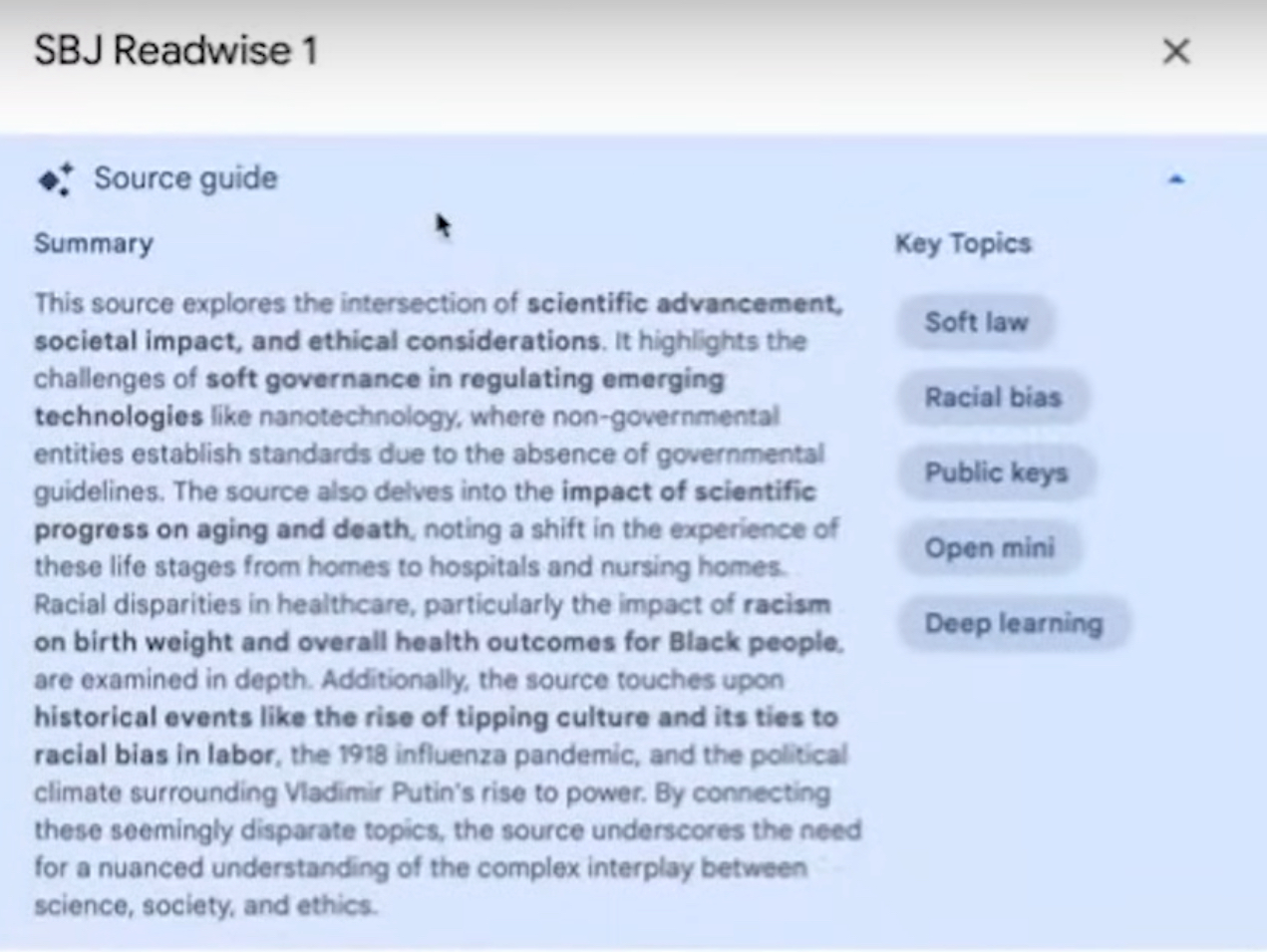
Sponsored By: Bessemer Venture Partners
This essay is brought to you by Bessemer Venture Partners, a leading venture capital firm investing in artificial intelligence. Discover how AI is transforming industries and creating new entrepreneurial opportunities with their latest free ebook, Everything, Everywhere, All AI. Dive into strategies and real-world case studies that will help you stay ahead of the AI revolution. Ready for the AI era?
Thank you to everyone who is watching or listening to my podcast, AI & I. If you want to see a collection of all of the prompts and responses in one place, Every contributor Rhea Purohit is breaking them down for you to replicate. Let us know what else you’d like to see in these guides.—Dan Shipper
Was this newsletter forwarded to you? Sign up to get it in your inbox.
Imagine every interesting idea you’ve ever had spread out before you.
Now, imagine that you can talk to them and have them talk to each other, making connections you didn’t see before.
This is now a reality with NotebookLM, the personalized research assistant from Google Labs.
NotebookLM runs on Google’s most capable model, Gemini 1.5 Pro, and it’s a powerful ally in helping you think, research, and write on an integrated platform. Say, for example, you’re conducting research on your competitor’s marketing strategy. Once you’ve uploaded documents central to this project to NotebookLM—by creating a “Notebook” for it—the model becomes an expert in this information. You can ask the language model questions, or prompt it to create study guides—and make interesting, and often surprising, connections about the research in collaboration with the AI.
In this episode of AI & I, Dan Shipper interviewed the editorial director of NotebookLM Steven Johnson, who is also the best-selling author of 14 books. They talked about the different ways to use the model as a tool for thought and creativity. In this piece, I’ll pull out two key themes of their discussion (with accompanying screenshots from Johnson’s screen):
- Extracting patterns from the quotes Johnson highlighted in books he’s read over decades
- Finding a concept for Johnson’s next project, and using NotebookLM to bring it to life
Earlier this month, NotebookLM released a new feature called Audio Overview that allows you to turn your notes into a podcast, complete with two lively hosts and banter, with a single click. We experimented with this feature by uploading this article to NotebookLM. Here’s the audio version, in case you’d like to give it a listen.
Fans of Johnson’s books—and also anyone who is curious about either using AI to organize their thoughts or as a creative partner in their work—will enjoy this piece.
Extracting patterns from a lifetime of Johnson’s book highlights
Johnson’s first Notebook has about 7,000 quotes he jotted down from books, a practice he started in 1999. Over time, he shifted from manually typing them out to digitally saving highlights from his ereader.
Each “source” shown in the screenshot below represents a collection of book quotes. Johnson selects one labeled “SBJ Readwise 1” to explore the features of NotebookLM further.
All screenshots courtesy of AI & I.As an author, Johnson clarifies that no material uploaded to the model is used to train NotebookLM or Google Gemini; it's only sent to the model’s context window, or “short-term memory.” Johnson explains that if you “have the right to use [the material] under copyright, you can use it inside of Notebook.”
Johnson explains that for each source, the AI model creates a guide that identifies patterns from the information in the source, and generates a paragraph-long summary. Here’s the “Source guide” for the collection “SBJ Readwise 1.”
Johnson is amused to see the model struggle to find patterns between his disparate book quotes. He notes that the Source guide is most valuable when summarizing information on a single topic, rather than trying to find patterns across unrelated subjects.Users can also “talk” to their sources—NotebookLM will answer any questions based on the information they’ve uploaded to the model. They can even select which sources they want the model to refer to in their answers, effectively “shift[ing] the focus” of the AI. Johnson demonstrates this with a question he had pre-loaded into NotebookLM.Johnson: What are the most interesting facts about ant colonies here? Mention authors and specific books.
Become a paid subscriber of Every to unlock this piece and learn about:
- AI as a collaborative partner for authors and researchers
- Integrating research, analysis, and writing in one platform
- Using AI to conceptualize and develop creative projects
The Only Subscription
You Need to
Stay at the
Edge of AI
The essential toolkit for those shaping the future
"This might be the best value you
can get from an AI subscription."
- Jay S.
Join 100,000+ leaders, builders, and innovators

Email address
Already have an account? Sign in
What is included in a subscription?
Daily insights from AI pioneers + early access to powerful AI tools









.png)